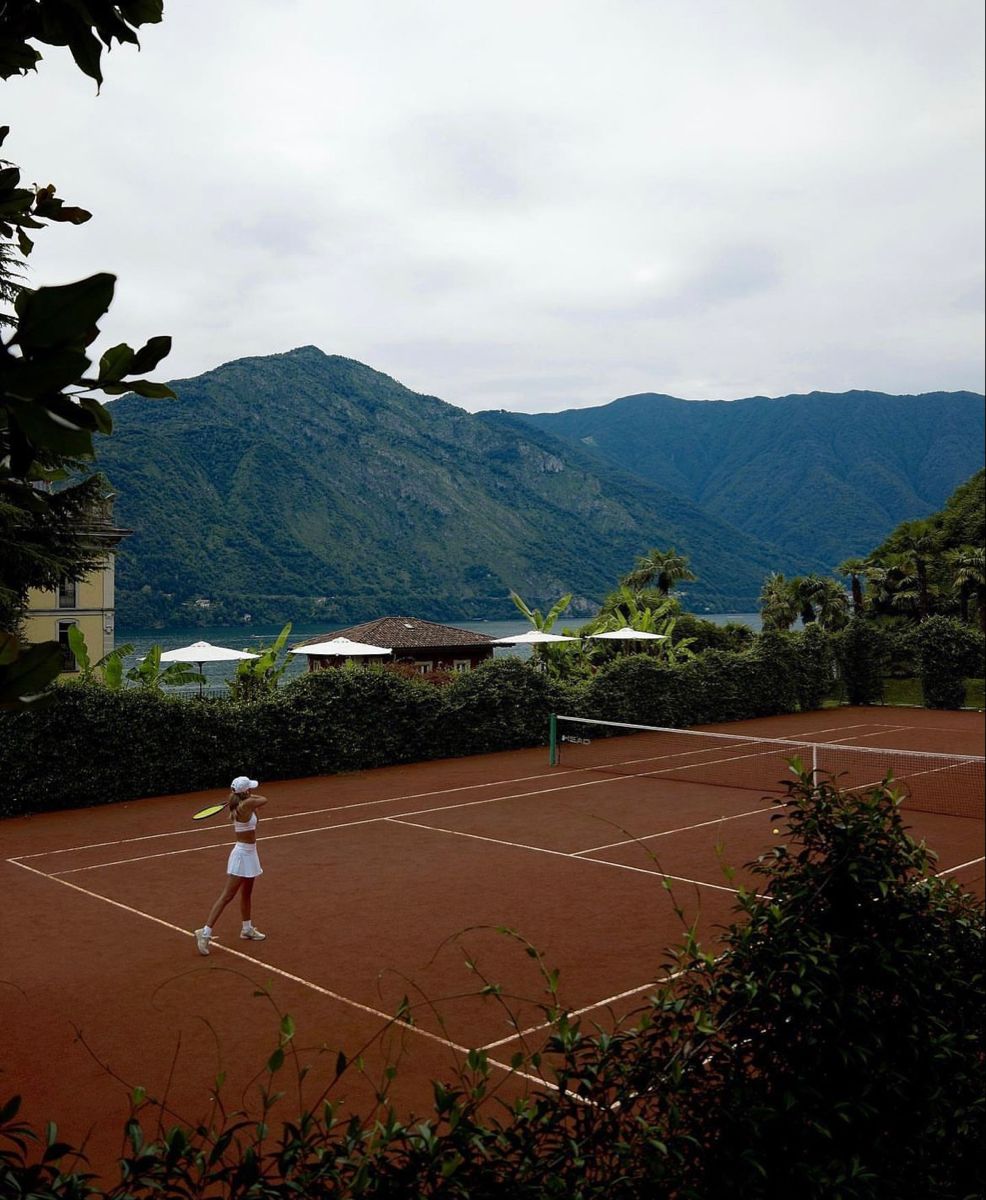Your three-year-old has more energy than a caffeinated squirrel. By 4pm, you’re exhausted just watching them bounce off the couch, again, while you wonder if there’s a better outlet than your living room.
Here’s the thing nobody mentions: “sports” for kids under 6 isn’t really sports. It’s structured play with a whistle. Maybe some tiny uniforms. And honestly? That’s perfect for this age.

What actually works right now
Swimming tops every pediatrician’s list, but not for the reason you think. Sure, it builds strength. But mostly? It’s drowning prevention disguised as fun. The American Academy of Pediatrics now recommends starting around age 1 for basic water safety—just getting comfortable, learning to float, finding the wall. No fancy strokes yet. Just survival skills that happen to tire them out beautifully.
Soccer for tiny humans looks chaotic because it is. Six kids chasing one ball in a clump, completely ignoring positions, occasionally scoring on their own goal. But watch closer—they’re learning to run without tripping, share space, and follow simple directions. The coordination development is real, even if the strategy isn’t.
Gymnastics and tumbling classes teach kids how to fall without breaking things (including themselves). Rolling, jumping, hanging from bars—turns out this builds core strength better than most “exercises” adults torture themselves with. Plus they get to climb on equipment you’d never allow at home.
Dance classes work for kids who need structure but hate being told what to do. The music gives them rhythm, the movement burns energy, and somehow they’re learning to follow instructions while thinking they’re just having fun. Sneaky, but effective.
What doesn’t work (and why that’s okay)
Competitive anything. Kids under 6 can’t really grasp team strategy or rules beyond “kick ball toward net”. Their attention span maxes out around 10 minutes. Expecting more just frustrates everyone—especially the coach trying to explain offsides to a four-year-old who just discovered a cool rock.
The CDC recommends three hours of activity spread throughout the day for this age group. Not three hours of practice. Three hours of moving—running around the backyard, walking to the park, dancing in the kitchen while you make dinner.
How to start without losing your mind
Pick one thing. One class, once a week. See if they like it. If they spend the whole session asking when snack time is, try something else. This isn’t college—there’s no commitment required.
Look for programs that use the word “fun” more than “competitive”. If the coach seems stressed during the trial class, imagine how they’ll be six weeks in.
And if your kid just wants to run in circles in the backyard? That counts. Tag, hide and seek, obstacle courses made from couch cushions—it all builds the same coordination and strength as organized sports. Sometimes the best program is the free one that doesn’t require driving anywhere.
The goal right now isn’t creating the next Olympic athlete. It’s helping them learn that moving their body feels good. Everything else can wait.
FAQ
What age should kids actually start organized sports?
Most pediatricians say around 6 years old, when kids can grasp basic rules and teamwork. Before that, it’s really just play with structure—which is exactly what they need.
How much activity do kids under 6 need?
Three hours spread throughout the day. Not three hours straight—more like short bursts of running, jumping, climbing, and playing. Doesn’t all have to be “official” sports.
Is swimming really necessary this young?
It’s less about swimming laps and more about not drowning. The AAP recommends starting water safety lessons around age 1 to build comfort and basic survival skills. If you have a pool or live near water, it’s worth prioritizing.
What if my kid hates every sport we try?
Then they’re normal. Try one thing at a time, keep sessions short, and don’t force it. Some kids just prefer running around the backyard, and that counts. The goal is movement, not medals.
Should I worry about my kid falling behind if we don’t start now?
No. Early specialization doesn’t give kids an advantage—it usually just burns them out. Kids who play multiple activities and focus on fun stay active longer.
How long should classes or practices be at this age?
30 minutes max for ages 2-4, maybe 45 minutes for 5-6 year olds. Their attention span is basically the length of one snack break. Shorter, frequent movement beats long practices.



